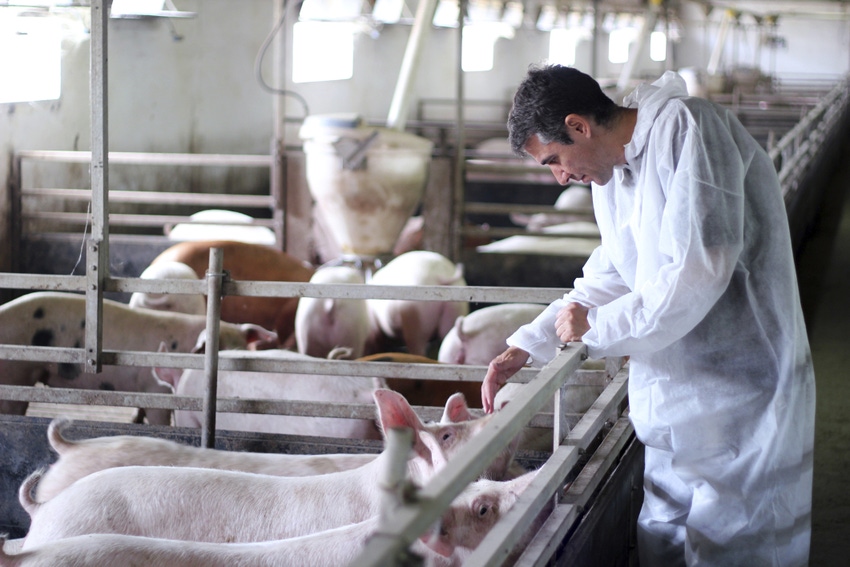Subscribe to Our Newsletters
Feedstuffs is the news source for animal agriculture
Since 1995, DANMAP program has monitored antimicrobial use in humans and animals in Denmark and the occurrence of antimicrobial resistance in bacteria.
October 6, 2017

You May Also Like